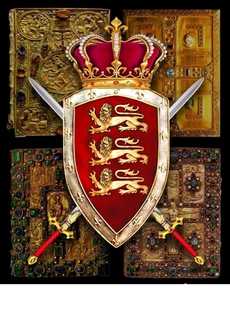Introduction:
In an era characterized by constant connectivity and on-the-go lifestyles, mobile technology has become an integral part of our daily lives. Beyond just communication and entertainment, mobile apps are now revolutionizing the field of design, offering designers unprecedented flexibility, accessibility, and creative freedom. From sketching and prototyping to collaboration and project management, mobile apps are shaping the future of design in profound ways.
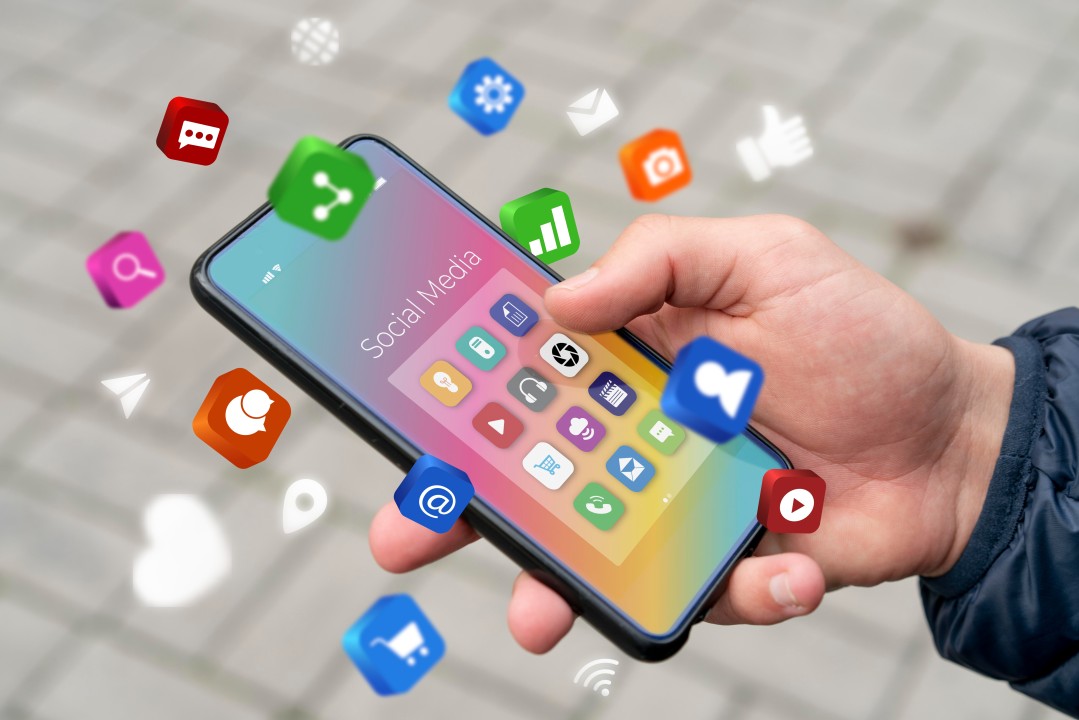
The Rise of Mobile Design Apps:
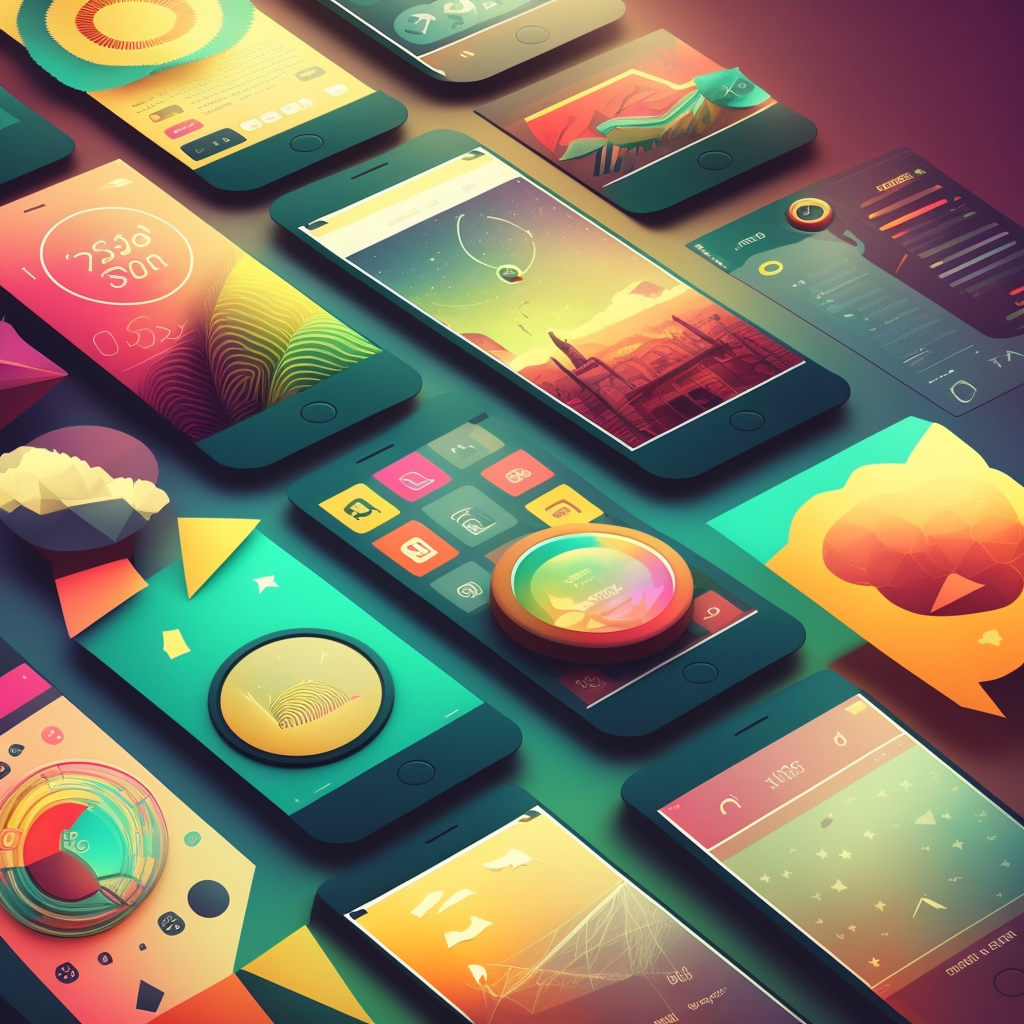
With the proliferation of smartphones and tablets, designers are no longer tied to their desktop computers or design studios. Mobile design apps have emerged as powerful tools that enable designers to work anytime, anywhere, unleashing creativity on the go. These apps offer a wide range of functionalities, from basic sketching and drawing to advanced prototyping and animation.
Enhanced Flexibility and Accessibility:
Mobile design apps provide designers with enhanced flexibility and accessibility, allowing them to work on projects whenever inspiration strikes. Whether commuting to work, waiting in line, or relaxing at home, designers can seamlessly transition between devices and continue their work without missing a beat. This flexibility empowers designers to stay productive and creative, regardless of their location or circumstances.
Streamlined Workflows and Collaboration:
Mobile design apps streamline workflows and facilitate collaboration among team members, regardless of their physical location. Designers can easily share files, provide feedback, and collaborate in real time, fostering a more efficient and collaborative design process. With features like cloud storage and version control, mobile apps ensure that everyone stays on the same page, resulting in smoother project execution and faster turnaround times.
Innovative Design Solutions:
Mobile design apps are driving innovation in design by offering new tools and features that expand the possibilities of what designers can create. From augmented reality and virtual reality to 3D modeling and animation, these apps empower designers to explore new mediums and experiment with cutting-edge technologies. As mobile devices continue to evolve, so too will the capabilities of mobile design apps, opening up even more possibilities for creative expression.
Empowering Designers Everywhere:
Perhaps most importantly, mobile design apps are democratizing design by making it more accessible to a broader audience. With affordable and user-friendly apps available on smartphones and tablets, aspiring designers and hobbyists can now explore their creative talents without the need for expensive software or specialized training. This democratization of design is fueling a new wave of innovation and creativity, bringing fresh perspectives and ideas to the design industry.
Mobile-First Design Philosophy:
With the prevalence of mobile devices as the primary means of accessing digital content, designers are adopting a mobile-first approach to design. Mobile design apps facilitate this approach by providing tools optimized for smaller screens and touch interfaces, ensuring that designs are responsive and user-friendly across all devices.
Accessibility and Inclusivity:
Mobile design apps are driving greater accessibility and inclusivity in design by enabling designers to create interfaces that are usable and accessible to people with diverse abilities and needs. Features such as voice commands, screen readers, and color contrast adjustments empower designers to create designs that are inclusive and accessible to all users.
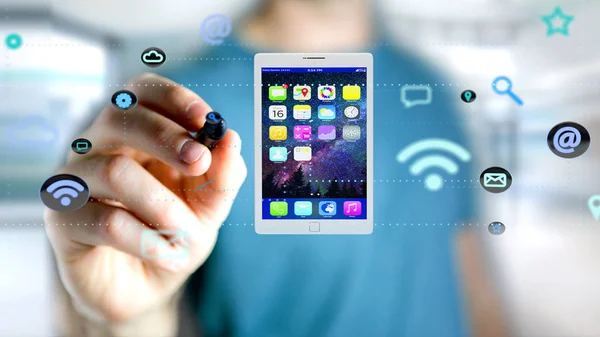
Remote Work and Distributed Teams:
The rise of mobile design apps is reshaping the way design teams collaborate and work together. With the ability to work remotely and collaborate in real time from anywhere in the world, mobile design apps are breaking down geographical barriers and enabling more diverse and distributed teams to collaborate on projects.
Design Thinking and Innovation:
Mobile design apps are fostering a culture of design thinking and innovation by providing designers with the tools they need to rapidly prototype and iterate on ideas. By enabling designers to quickly test and refine their designs, mobile apps empower them to innovate and push the boundaries of what’s possible in design.
Integration with Emerging Technologies:
Mobile design apps are increasingly integrating with emerging technologies such as augmented reality (AR) and artificial intelligence (AI), opening up new possibilities for creative expression and design innovation. Designers can now use AR to visualize their designs in real-world environments or leverage AI-powered tools to generate design recommendations and insights.
Environmental Sustainability:
The shift towards mobile design apps is also contributing to environmental sustainability by reducing the reliance on traditional design tools and materials. By replacing paper sketches and physical prototypes with digital equivalents, mobile design apps are helping to reduce waste and minimize the environmental footprint of the design process.
Education and Skill Development:
Mobile design apps are playing a vital role in education and skill development by providing aspiring designers with accessible and affordable tools to learn and practice their craft. Designers of all levels can use mobile apps to hone their skills, experiment with new techniques, and build portfolios that showcase their work to potential employers or clients.
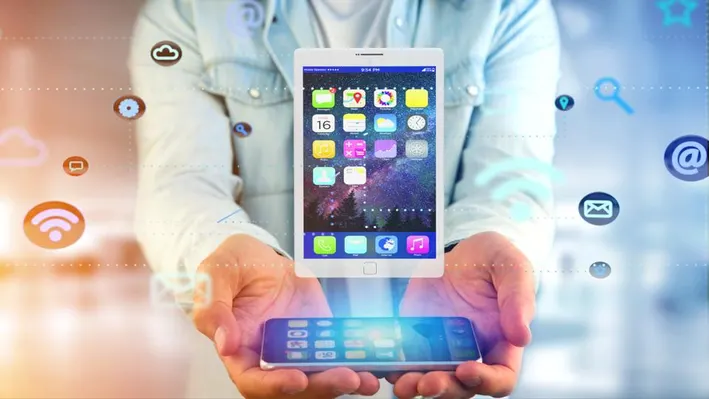
Personalization and Customization:
Mobile design apps offer a high degree of personalization and customization, allowing designers to tailor their workflows and interfaces to suit their specific preferences and needs. From customizable toolbars and keyboard shortcuts to personalized color schemes and workspace layouts, designers can optimize their mobile design environments for maximum efficiency and comfort.
Seamless Integration with Other Tools and Platforms:
Mobile design apps seamlessly integrate with other tools and platforms commonly used by designers, such as cloud storage services, project management tools, and design collaboration platforms. This integration ensures smooth workflows and enables designers to access their files, communicate with team members, and manage projects from within the app ecosystem.
Rapid Prototyping and Iteration:
Mobile design apps facilitate rapid prototyping and iteration, allowing designers to quickly create, test, and refine design concepts on the fly. With intuitive drawing and annotation tools, designers can sketch out ideas, gather feedback, and make revisions in real time, speeding up the design process and reducing time to market for new products and features.
Remote Client Collaboration:
Mobile design apps enable remote client collaboration by providing designers with the ability to share design concepts, gather feedback, and present work to clients in real time, regardless of their location. Features such as screen sharing, video conferencing, and interactive presentations make it easy for designers to communicate with clients and stakeholders, ensuring alignment and satisfaction throughout the design process.
Design Automation and Efficiency Tools:
Mobile design apps leverage automation and efficiency tools to streamline repetitive tasks and increase productivity. From automated layout suggestions and smart guides to batch processing and asset management features, these tools help designers work more efficiently and focus on creative problem-solving rather than tedious manual labor.
Continuous Updates and Improvements:
Mobile design apps receive regular updates and improvements from developers, ensuring that designers have access to the latest features, enhancements, and bug fixes. This commitment to ongoing development and innovation keeps mobile design apps at the forefront of design technology and ensures that designers always have access to cutting-edge tools and capabilities.
Community and Learning Resources:
Mobile design apps foster vibrant communities of designers who share tips, tricks, and resources to help each other learn and grow. Online forums, social media groups, and tutorial websites provide valuable support and learning opportunities for designers of all skill levels, enabling them to expand their knowledge and stay up to date with industry trends and best practices.
Accessibility and Inclusivity Features:
Mobile design apps prioritize accessibility and inclusivity by offering features and settings that cater to users with disabilities or special needs. Options such as high-contrast modes, screen reader compatibility, and adjustable font sizes ensure that everyone can access and use the app effectively, regardless of their individual abilities or limitations.
Conclusion:
- All Posts
- Uncategorized

Dr. Daniel Davidson, MD, MBA Introduction: The goal of success for businesses nowadays is to establish a global brand because…

Dr. Daniel Davidson, MD, MBA Introduction: Stem cells have captivated the imagination of scientists and the public alike for their…

Dr. Daniel Davidson, MD, MBA Introduction: Platelet-rich plasma (PRP), fat grafting, and dermal fillers made from natural sources are examples…
